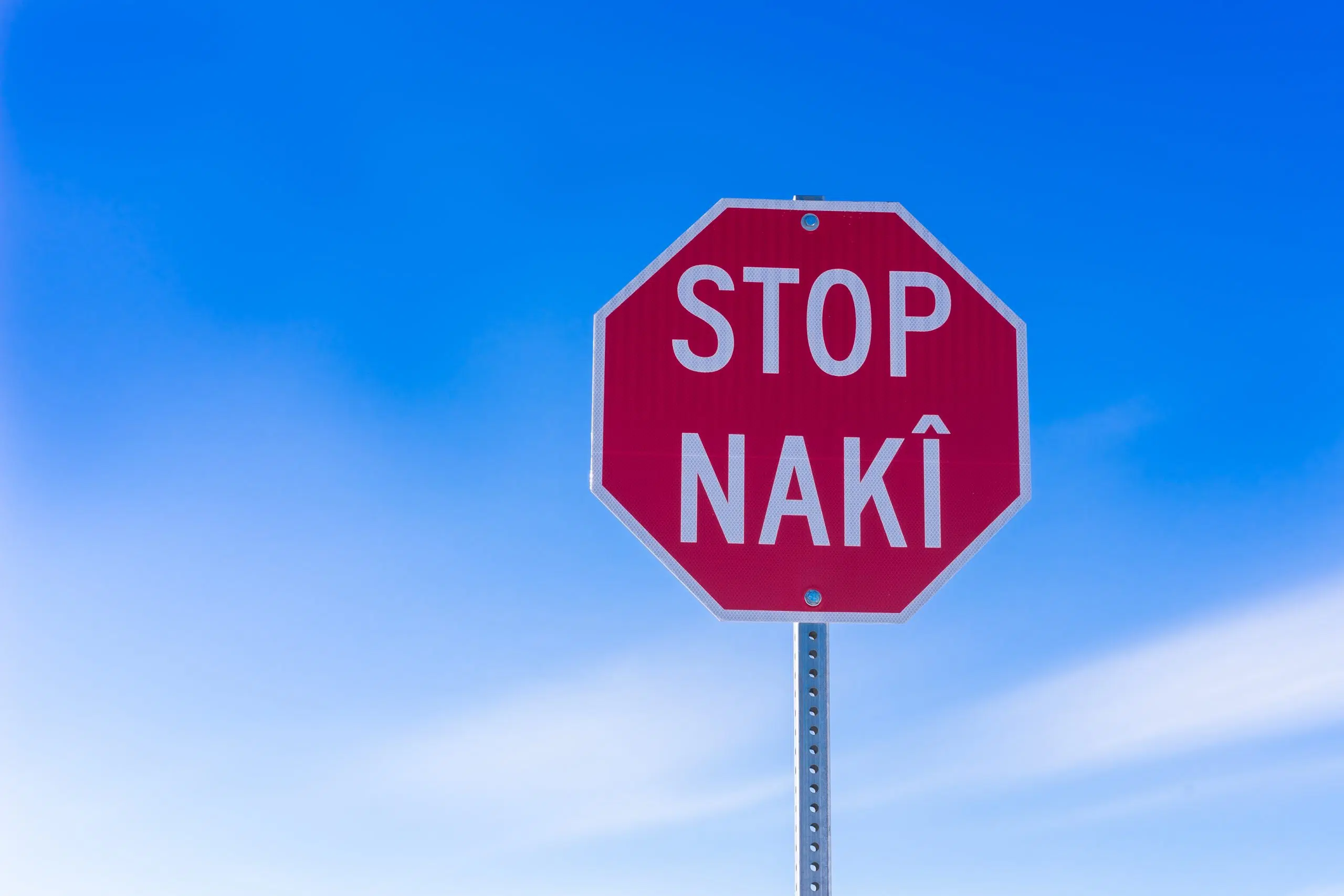
CHARBONNEAU: Canada will become more multilingual this year
THE TRUDEA GOVERNMENT intends to enact the Indigenous Languages Act before the next election in October this year. The act will recognize the use of Indigenous languages as a “fundamental right.”
While Indigenous languages will not have the same status as Canada’s two official languages, it’s a significant step in preserving Indigenous culture.
When approved, Ottawa would financially support all 58 Indigenous languages. Let’s hope it’s not too late. Across Canada, only about 15 percent of young First Nations people can hold a conversation in their ancestral language. (Walrus magazine, June, 2018)
In British Columbia, only 8,435 people speak their mother tongue according to the 2016 census. The most common was Carrier, with a thousand speakers.


